12 Grocery Shopping Tricks That Cut My Bill in Half
Watching the total climb at checkout can feel like a jump scare. Groceries cost more than ever, and yet the fridge still looks half-empty. These smart, easy tricks help shrink that receipt without sacrificing quality, or snacks! Here’s how to spend less and leave the store feeling like you won.
Only bulk buy what you’ll actually use

Credit: Getty Images
Buying in bulk can reduce your grocery costs, but it only pays off when the items won’t spoil before you finish them. Stick to long-lasting staples like dry grains, pasta, and frozen foods. Perishables bought in bulk often end up in the trash, turning a deal into a waste.
Use store apps to unlock extra deals
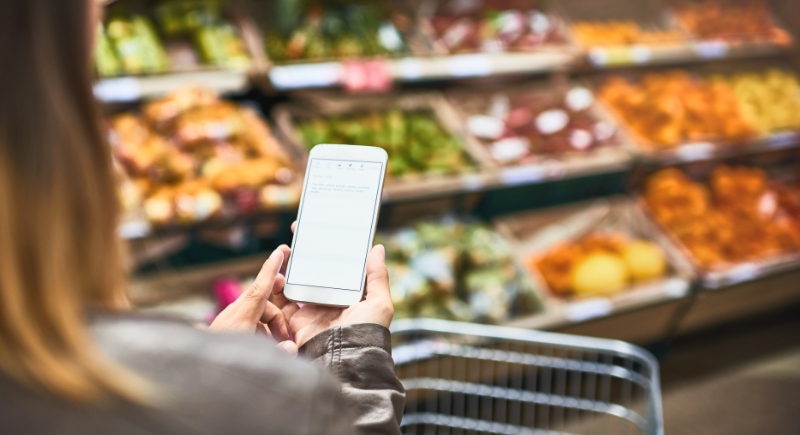
Credit: Getty Images
Download the app for your go-to grocery store and start saving before you even walk in. These apps often have exclusive digital coupons and member-only pricing. Some even alert you to price drops on items you buy often, which can keep your bill lower without much effort.
Check unit prices for real value

Credit: Getty Images
The price per package doesn’t always tell the full story. Look at the unit price listed below the main tag to find out what you’re truly paying. It’s the easiest way to figure out which brand or size gives more for your money, especially for bulk and family packs.
Shop when the store is slow

Credit: pexels
Crowded aisles often push shoppers into grabbing the first thing they see just to keep moving. Shopping during slower hours helps you stay focused and more aware of what you’re putting in your cart. Fewer distractions lead to better decisions, and those small changes can make a big difference at checkout.
Keep your grocery list consistent
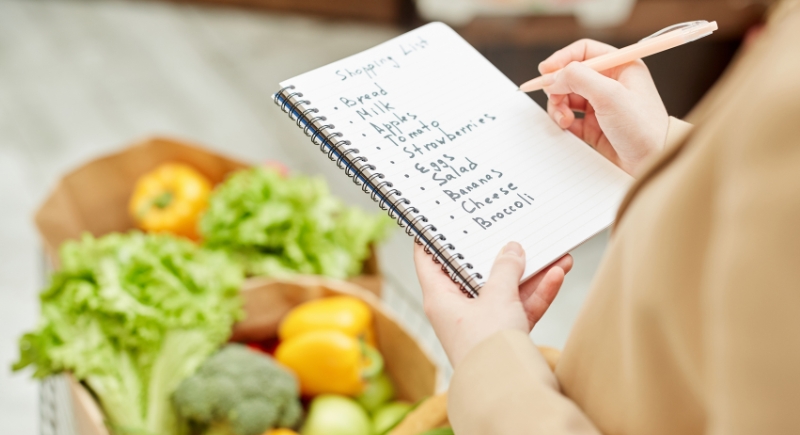
Credit: Getty Images
A familiar list takes the guesswork out of shopping. When you stick to the same essentials, it becomes easier to track spending and avoid last-minute extras. You’re less likely to overbuy and more likely to stay within budget without sacrificing the meals you enjoy most.
Eat before you shop

Credit: Canva
Hunger has a way of making everything look like a must-have. Going to the store on an empty stomach leads to more impulse buys and higher totals. A quick snack before you head out keeps cravings in check and helps you focus on what you actually need.
Sign up for store rewards

Credit: Getty Images
Rewards programs do more than track your shopping. Many offer discounts that aren’t available to non-members, plus options to earn gas points or cash back. If you shop at the same store often, this small step can turn into a steady way to cut costs.
Choose frozen when it makes sense
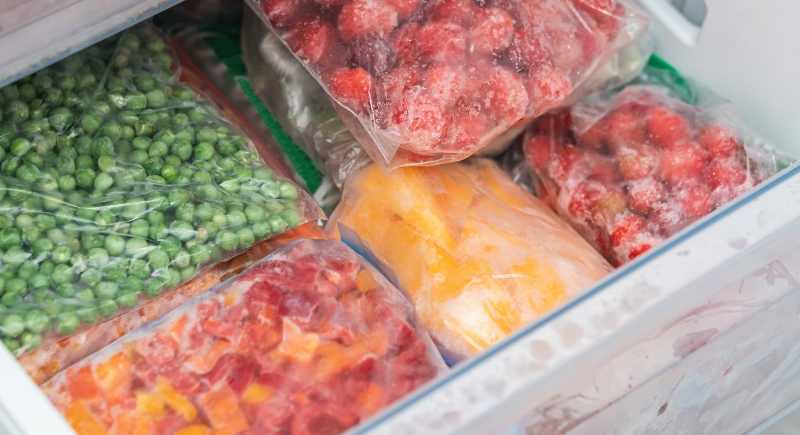
Credit: Getty Images
Frozen fruits and vegetables are often preserved right after harvest, which helps them keep their nutrients. They also tend to cost less than fresh produce and won’t spoil if you don’t use them right away. This makes them a reliable, low-waste option for everyday meals.
Cut back on gourmet meats and cheeses

Credit: Getty Images
Specialty cheeses and sliced deli meats are some of the most expensive items in the store. They also spoil fast, which makes them a risky buy for anyone trying to stay on budget. Keep a few long-lasting varieties on hand and save the premium stuff for rare occasions.
Plan meals around the best deals
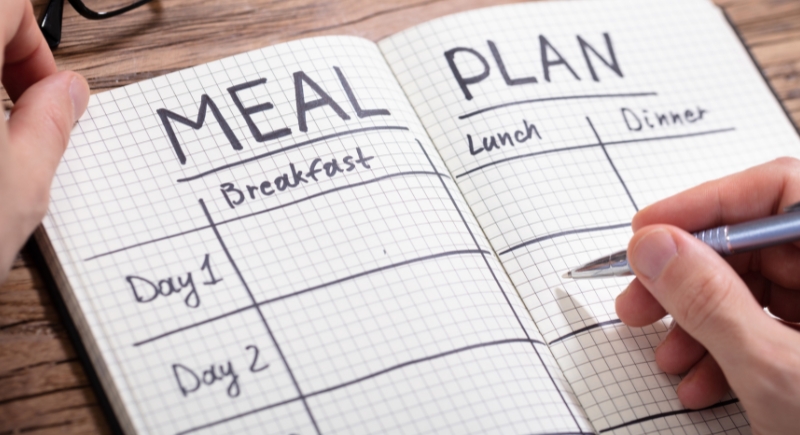
Credit: Getty Images
Instead of choosing recipes first and shopping second, flip the process. Check weekly ads or store apps, then build your meals using what’s marked down. This approach helps keep spending low and often leads to trying new ingredients that wouldn’t normally make it onto your list.
Make meals in advance and freeze them
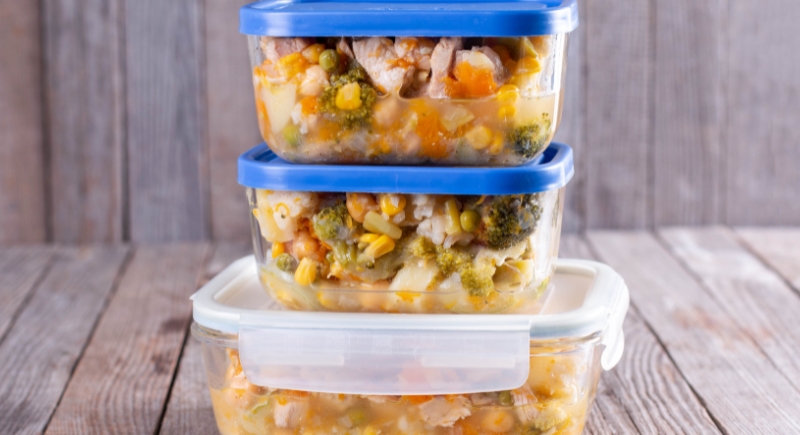
Credit: Canva
Freezing home-cooked meals saves money and time. You can cook once and eat multiple times without relying on pricey convenience foods. It’s also a good way to avoid wasting ingredients since leftovers or extra portions won’t go bad sitting in the fridge.
Look for deals on what you already plan to buy

Credit: Canva
Browsing sales for fun usually leads to extra spending. Instead, check for deals on items already on your list. This keeps your total in check while still letting you take advantage of markdowns. Shopping with purpose helps you stay focused and avoid filling the cart with extras.
Grow a few basics at home

Credit: pexels
Starting a few plants at home is an easy way to save money. Herbs like parsley and mint are simple to grow and can cost several dollars per bundle at the store. With a sunny spot and a little water, you’ll have fresh ingredients that don’t add to your bill.
Check your receipt before you leave the store
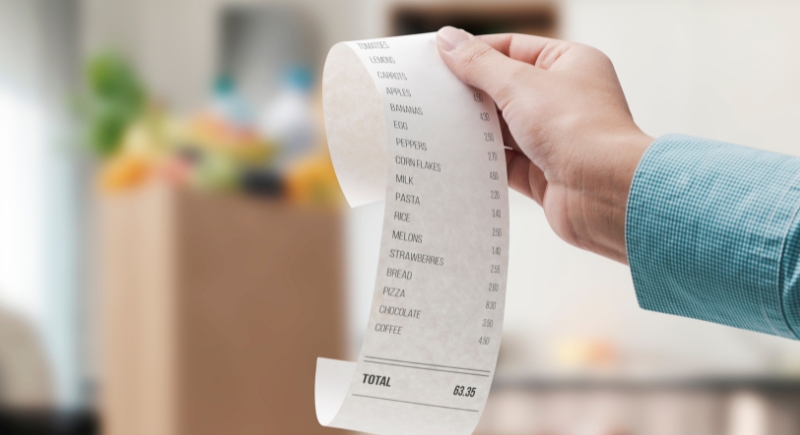
Credit: Getty Images
Reviewing your receipt helps you spot any wrong charges or missing discounts. It also gives insight into where your money is going each trip. If something looks off, customer service can usually correct it right away, preventing small errors from adding up over time.
Don’t shop with a giant cart

Credit: pexels
The bigger the cart, the more tempted you are to fill it. Opt for a handbasket or smaller cart when you’re doing a quick run, it naturally limits impulse buys. When space is limited, you must stick to your list instead of treating every aisle like a buffet.
Check lower shelves for cheaper brands

Credit: pexels
Eye-level products are often the priciest because brands pay for that prime placement. Look one shelf down—or even all the way to the bottom. That’s where you’ll find store brands or lesser-known labels, often with the same ingredients at a better price. Your knees and your wallet will both thank you.
Build a routine but allow room to adjust

Credit: Getty Images
Having a reliable grocery routine helps with budgeting, but don’t be afraid to adjust when prices shift. If chicken is expensive one week, swap in another protein. This kind of flexible planning keeps meals affordable while still giving you the consistency needed to stay on track.